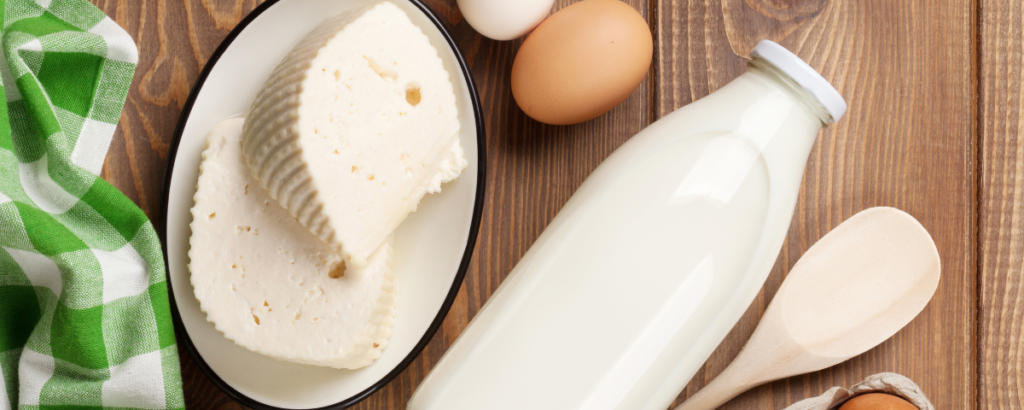
From Milk to Cheese: How CIP Systems Ensure Cleanliness and Safety in the Dairy Sector
In the dairy industry, where milk and cheese are the primary products, maintaining high hygiene standards is essential. Any contamination in production processes can compromise not only product quality but also consumer health. This is why the food industry adopts advanced cleaning systems, such as Cleaning-In-Place (CIP) systems, to ensure safety and hygiene at every stage of production.
What Is a CIP System?
CIP systems, short for Cleaning-In-Place, are automated solutions that allow production equipment to be cleaned and sanitized without disassembly. This technology is particularly valuable in the dairy sector, where pipelines, tanks, and machinery must be thoroughly cleaned to prevent the buildup of milk and cheese residues. By using CIP systems, production downtime is minimized, improving efficiency without compromising cleanliness.
How Do CIP Systems Work in the Dairy Industry?
A CIP system uses detergents and sanitizing solutions, which are pumped through production equipment in a multi-step process:
1.Pre-rinse: Removes visible milk or cheese residues.
2.Alkaline wash: An alkaline detergent solution eliminates fats and proteins.
3.Intermediate rinse: Clears detergent residues.
4.Acid sanitization: Neutralizes bacteria and dissolves mineral deposits.
5.Final rinse: Pure water ensures no chemical agents remain.
This cycle ensures that machinery returns to optimal hygienic conditions quickly and without waste.
Hygiene and Safety: An Essential Pair
In the transformation of milk into cheese, every step must occur in a contamination-free environment. CIP systems ensure that no residues or bacterial growth compromise product quality or food safety. This is especially crucial in the dairy sector, where unwanted microorganisms can cause defects in the final product and pose serious public health risks.
Benefits of CIP Systems for the Dairy Industry
CIP systems provide numerous advantages for dairy businesses, including:
•Operational efficiency: Reduced downtime thanks to automated cleaning.
•Food safety: Enhanced control over the hygienic quality of equipment.
•Resource savings: Lower water and detergent consumption.
•Regulatory compliance: Adherence to strict hygiene and safety standards required for milk and cheese production.
•Environmental sustainability: Reduced environmental impact through optimized cleaning processes.
The Impact of CIP Systems on Cheese Quality
Cheese quality depends not only on the raw material—milk—but also on hygiene conditions during processing. An efficient CIP system prevents cross-contamination, preserving the product’s organoleptic properties. This is particularly essential for aged and long-shelf-life cheeses, where even minimal contamination can compromise the final outcome.
Innovations in CIP Systems for the Dairy Sector
In recent years, CIP systems have undergone significant innovations to meet the evolving needs of the dairy industry. Some of the most notable advancements include:
•Real-time monitoring: Advanced sensors detect cleanliness levels at every stage.
•Smart automation: Customizable programs optimize cleaning cycles based on production type (fresh milk, yogurt, hard cheeses, etc.).
•Low-consumption systems: Solutions that further reduce water and detergent usage, enhancing sustainability.
The Importance of Choosing the Right CIP System
Every production facility has unique needs, and selecting the right CIP system requires careful consideration. Key factors include production capacity, the type of dairy products processed (milk, yogurt, fresh or aged cheese), and compliance with hygiene regulations. A reliable partner can help dairy companies implement tailored solutions that maximize efficiency and safety.
Conclusion: A Safe Future for the Dairy Industry
CIP systems are a cornerstone of hygiene and safety in the dairy industry. With increasingly advanced technologies, these systems not only enhance production efficiency but also ensure high-quality products, protect consumers, and respect the environment.
Did you find this article interesting? Keep exploring our blog for more insights on the dairy industry, cutting-edge technologies, and innovative solutions for your production facility!



